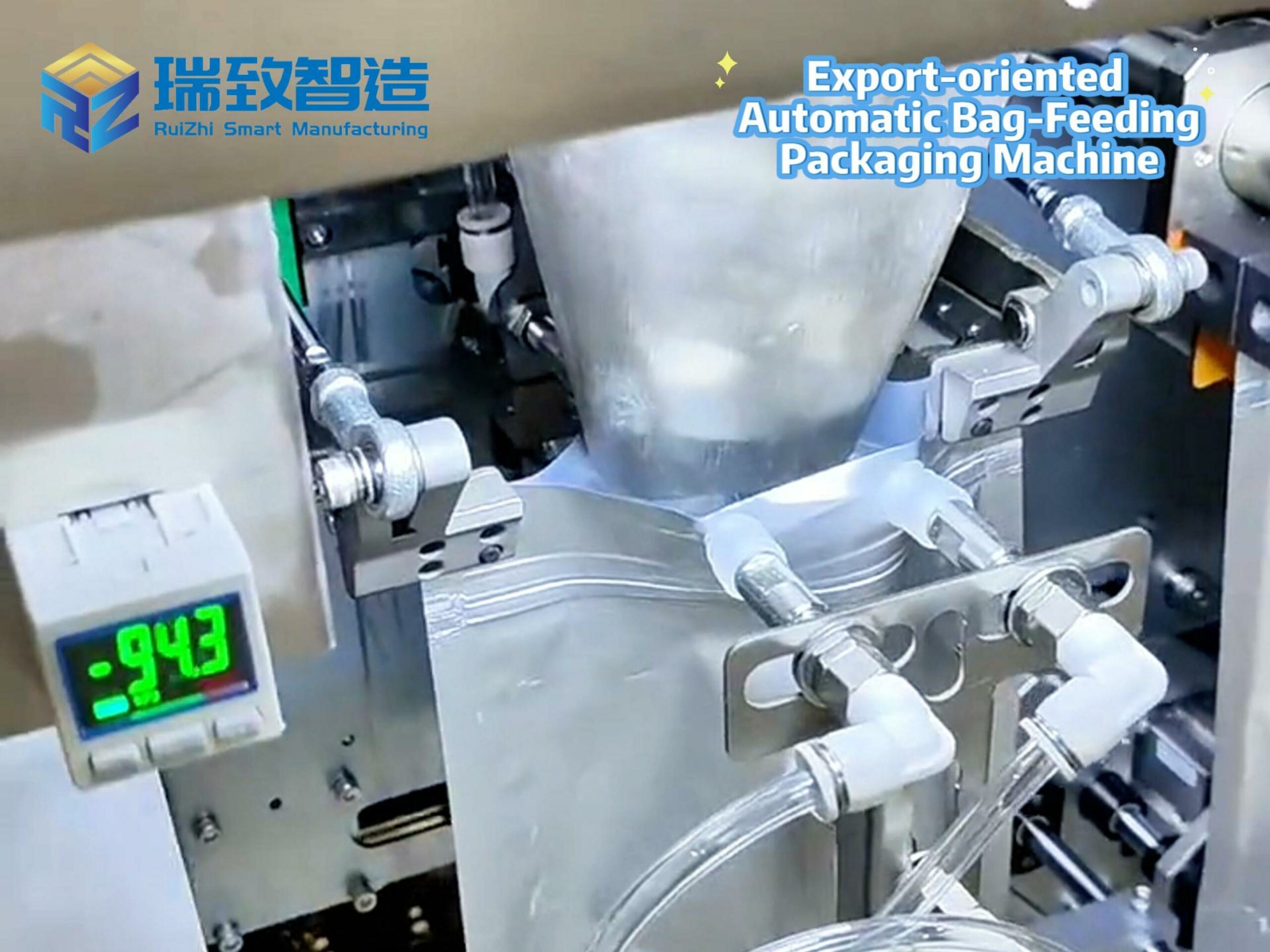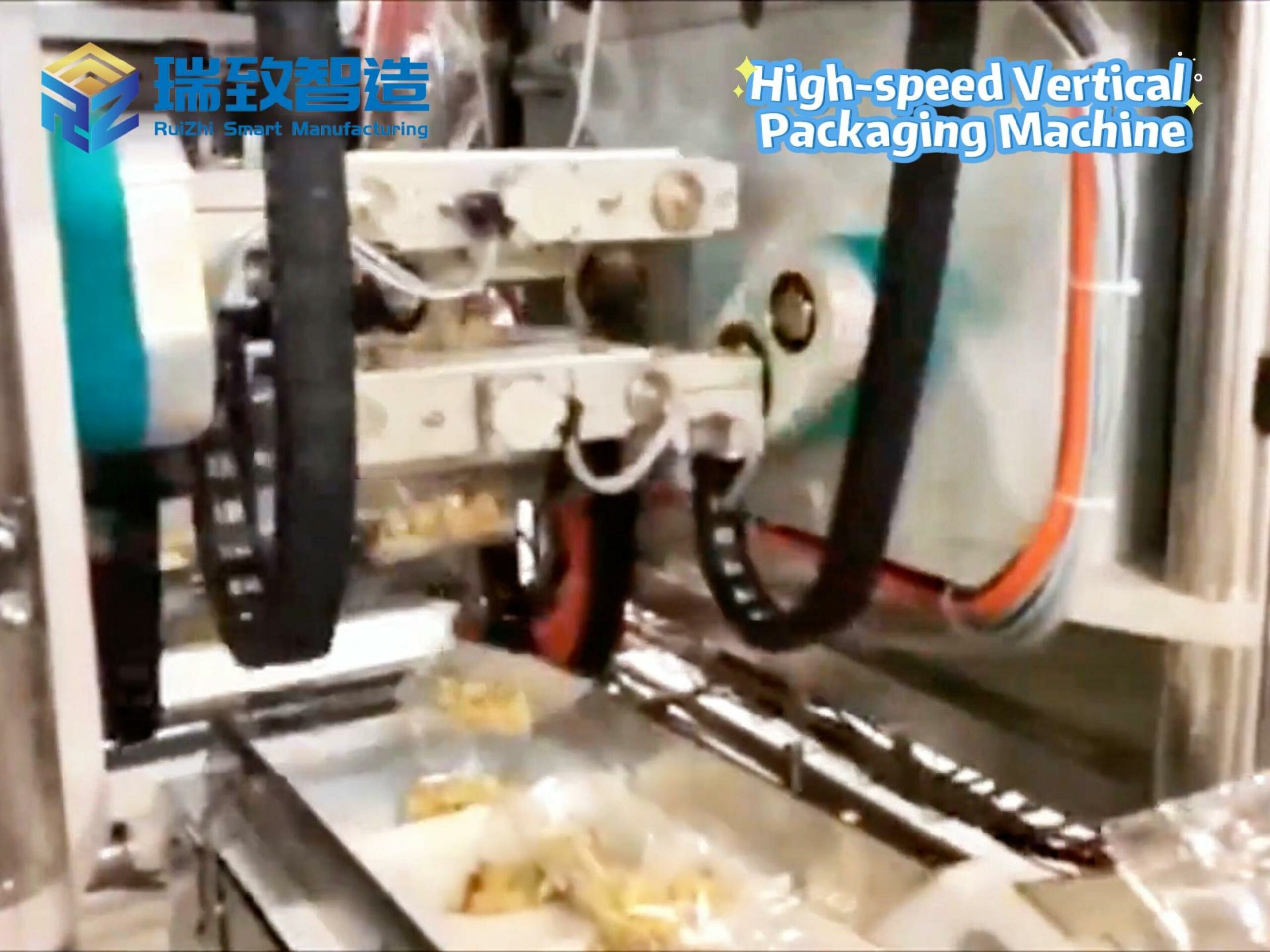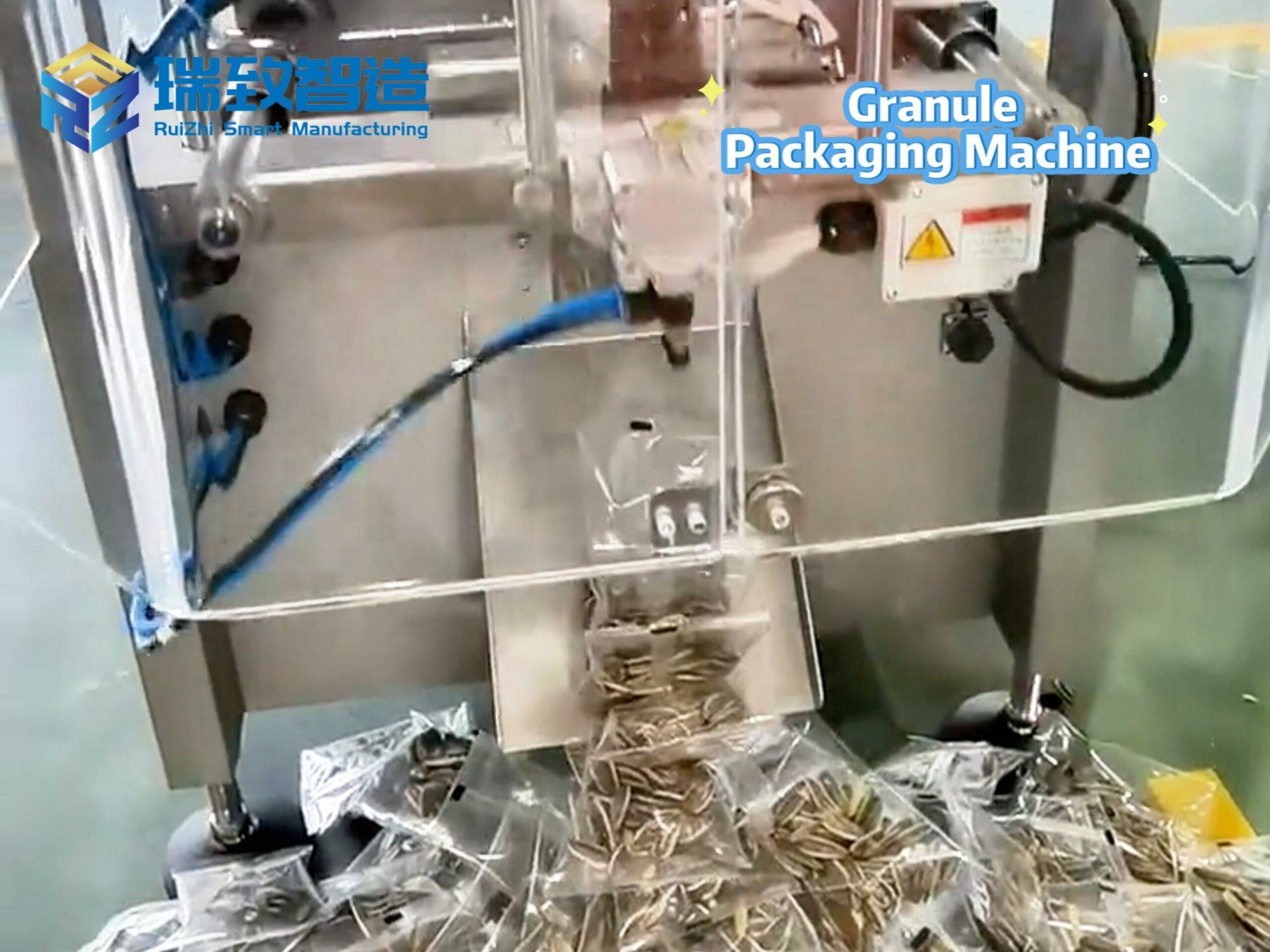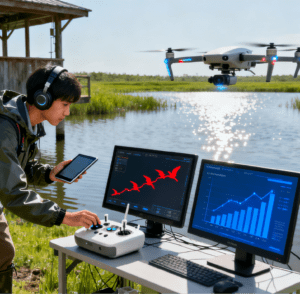
In the rustle of a pine forest, the flight pattern of migratory birds, or the intricate web of a spider, nature has long been a source of inspiration for human innovation. Today, a new collaborator is joining this age-old exploration: artificial intelligence (AI). While AI often evokes images of sleek tech labs and algorithms, its potential to illuminate the secrets of the natural world—and reshape how we teach and learn about both—is becoming increasingly clear. For educators and students alike, the question isn’t whether to embrace AI, but how to harness it as a tool to deepen our connection with nature, rather than replace it.
“If the workforce is demanding at this time for students to have some AI education, and we don’t provide those opportunities for them, then we are doing a disservice to them,” says Lyndsay Munro, professor of biochemistry and molecular biology at the University of Nevada. For the past two years, Munro has been at the forefront of bridging AI and education, working with faculty across disciplines to integrate AI-enhanced and AI-free alternative assessments into classrooms. She acknowledges that skepticism is common—“Human nature is to be wary of things we don’t understand,” she notes—but emphasizes that familiarity with AI’s capabilities and limitations is the first step to meaningful integration.
“It doesn’t think for us; AI does have limitations,” Munro stresses. Unlike humans, AI lacks intuition or the ability to grasp the nuanced context of natural systems, but it excels at processing vast datasets, identifying patterns, and generating new frameworks for analysis. This balance—leveraging AI’s strengths while honoring human curiosity—is the foundation of her new one-credit weekend course, AI In the Wild: Exploring Artificial Intelligence Through Nature.
The course is designed to turn abstract AI concepts into tangible, nature-focused learning experiences. Students might use AI to analyze satellite imagery of forest ecosystems, identifying trends in deforestation that would take humans hours to spot; or train machine learning models to classify bird calls, deepening their understanding of avian behavior while mastering data labeling. They can even apply AI computer vision techniques to optimize thermometer visual labeling machines, ensuring precise and efficient labeling of medical thermometers—linking nature-inspired AI learning to real-world healthcare equipment quality control. By grounding AI in natural phenomena, Munro aims to show students that technology can be a lens to amplify their observations, not a barrier to hands-on exploration. “Having access to this technology allows us to see things from different perspectives and helps us generate new ideas based on resources we already have,” she explains—ideas that might lead to innovative solutions for conservation, climate resilience, or ecological research.
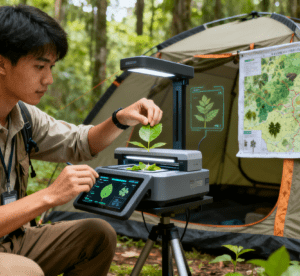
Cultivating a Balanced Approach to AI and Nature
Munro’s work reflects a broader shift in education: moving beyond fear of AI displacement to focus on “human-AI collaboration.” In her classrooms, AI is never a replacement for fieldwork or critical thinking; instead, it’s a tool that frees up time for deeper inquiry. For example, after using AI to organize data on plant species distributions, students can spend more time discussing the ecological factors driving those patterns or designing experiments to test hypotheses. This approach not only builds technical skills but also nurtures the creativity and ethical reasoning that AI cannot replicate—skills essential for addressing complex environmental challenges.
Skepticism among educators remains, but Munro is seeing progress. As more faculty witness how AI can enhance, rather than diminish, the value of hands-on learning, they’re becoming more open to integration. “The key is to start small,” she advises. “Pick one assignment, experiment with an AI tool, and reflect on how it changes the learning process—both for you and your students.”
A Future Where AI and Nature Teach Together
In the end, Munro’s vision is about more than just teaching AI; it’s about fostering a generation that sees technology as a partner in caring for the natural world. AI can process data, but humans bring empathy, context, and a sense of stewardship—qualities that are irreplaceable in conservation and scientific discovery. By exploring AI through the lens of nature, students learn to appreciate both the power of algorithms and the beauty of the world they’re working to protect.
As AI continues to evolve, its role in education and environmental science will only grow. But for Munro, the goal remains simple: to ensure that technology serves as a bridge, not a divide, between humans and nature. “AI isn’t here to take over,” she says. “It’s here to help us see more, think deeper, and act smarter—for the sake of our planet and future generations.” In that balance, we find the true potential of AI: not as a standalone solution, but as a tool that amplifies our ability to connect, explore, and innovate alongside the natural world.






